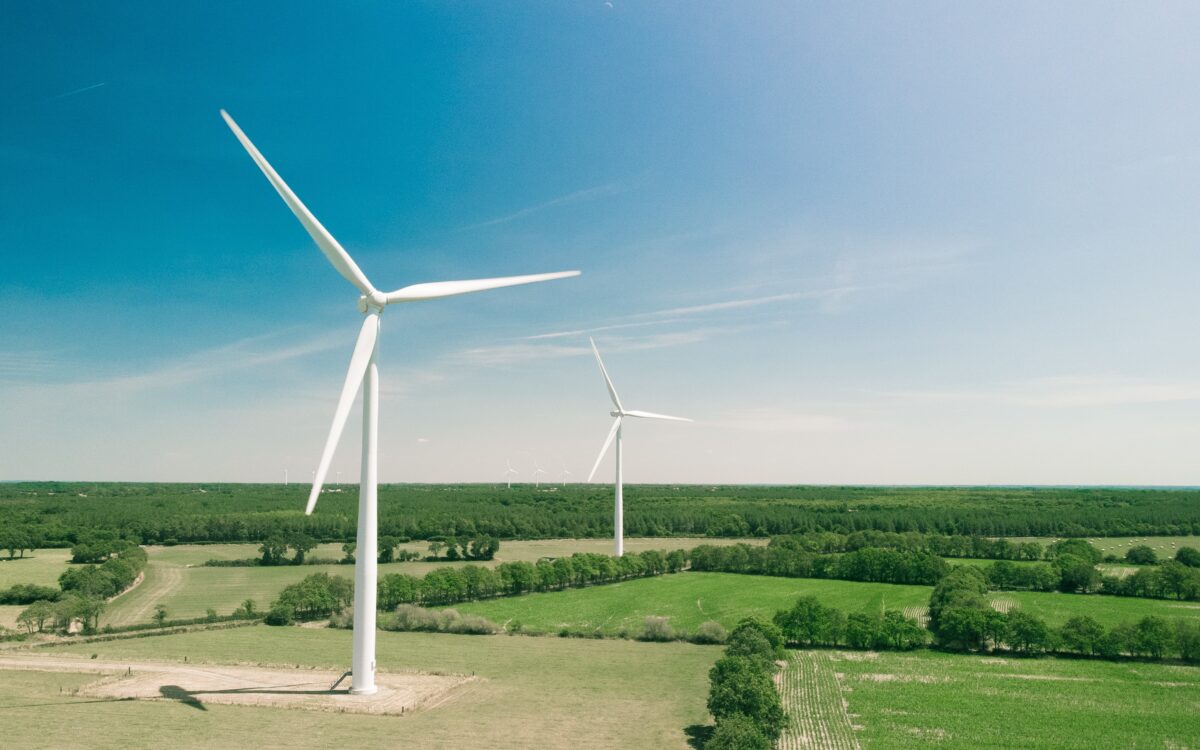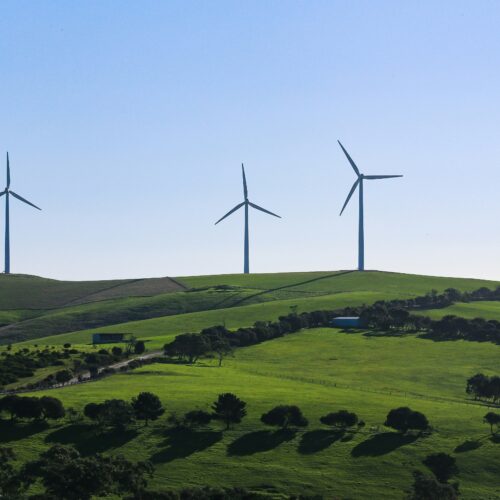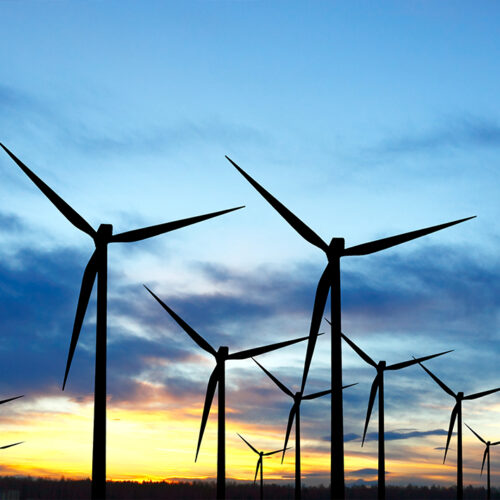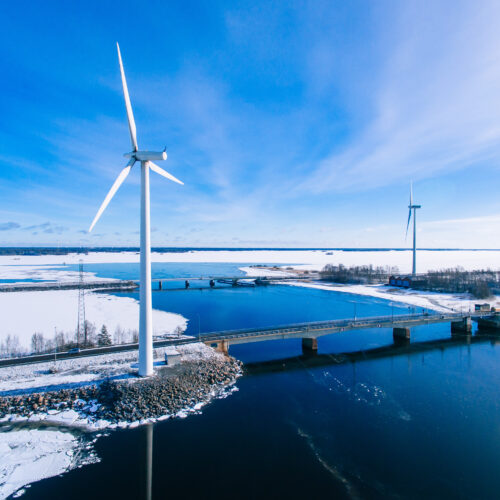Wind power is a rapidly growing source of clean, renewable energy that is playing an increasingly important role in the fight against climate change and air pollution. By harnessing the power of the wind, wind turbines generate electricity without producing emissions or pollutants, making them a key component in the transition to a cleaner, greener energy system.
One of the most significant environmental benefits of wind power is its role in reducing greenhouse gas emissions. The burning of fossil fuels, such as coal, oil, and natural gas, is the primary source of carbon dioxide (CO2) emissions, which are the leading cause of climate change. Wind power, on the other hand, generates electricity without producing any CO2 emissions. In fact, wind power is one of the most effective ways to reduce CO2 emissions and combat climate change. According to the U.S. Department of Energy, a single wind turbine can generate enough electricity to power up to 600 homes and displace the need for 2.5 million pounds of coal per year.
Wind power also plays a key role in reducing other forms of air pollution. The burning of fossil fuels also produces harmful pollutants such as sulfur dioxide (SO2), nitrogen oxides (NOx), and particulate matter (PM). These pollutants can have serious health effects, including respiratory problems, heart disease, and cancer. Wind power, however, generates electricity without producing any of these pollutants, making it a cleaner and healthier source of energy.
In addition to its role in reducing emissions and air pollution, wind power also has other environmental benefits. For example, wind power can help to reduce dependence on fossil fuels, which are finite resources that will eventually run out. By increasing the use of renewable energy sources, such as wind power, we can reduce our dependence on fossil fuels and decrease the risk of price fluctuations and supply disruptions.
Wind power also has a relatively low impact on the environment compared to other forms of renewable energy. For example, wind turbines are relatively small and can be sited in a variety of locations, including on land, offshore, and even on urban rooftops. This means that they can be integrated into the landscape and built in areas where they will have minimal impact on wildlife and the environment. Additionally, wind turbines have a relatively low impact on water resources, unlike other forms of renewable energy such as hydroelectric power, which can have significant impacts on water resources and ecosystems.
Another important environmental benefit of wind power is that it helps to conserve natural resources and biodiversity. By reducing the need for fossil fuels, wind power can help to conserve natural habitats and ecosystems that are often threatened by mining and drilling activities. Additionally, wind power can help to protect endangered species and preserve biodiversity.
In conclusion, wind power is a vital tool in the fight against climate change and air pollution. Its ability to generate electricity without emissions or pollutants makes it a key component in the transition to a cleaner, greener energy system. Additionally, its low impact on the environment and its ability to conserve natural resources and biodiversity make it an attractive and sustainable source of energy. As we work to combat climate change and reduce our dependence on fossil fuels, it is important to increase the use of renewable energy sources such as wind power, in order to achieve a cleaner, healthier, and more sustainable future.




